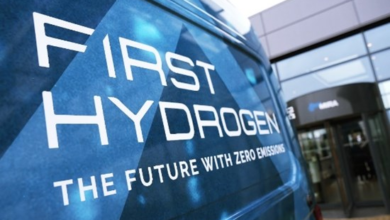Patriot Hydrogen and CAC-H₂ partner; Titan Hydrogen improves FC efficiency
Patriot and CAC-H₂ also work with Liberty Energy Capital to raise funds.

Patriot Hydrogen (an Australian company involved in hydrogen and funded by Liberty Energy Capital) has established a joint venture with CAC-H₂ (a Singaporean renewable fuel technology company).
CAC-H₂ will supply technology to Patriot Hydrogen projects and be a technical and mechanical advisor for the portable P2H units designed to produce hydrogen and other gases in Australia.
The units are built upon CAC-H₂ proprietary technology. The Pyrolysis to Hydrogen (P2H) Modular Units uses a pyrolysis process to convert the discarded materials into syngas (an extremely dense form of hydrogen) and biochar. The P2H captures 2000 kg of hydrogen and 4000 kg of biochar per cycle, producing up to 100 kg and up to 300 kg/hour, respectively.
Both partners have engaged Liberty Energy Capital to raise funds as well as plan to list Patriot in Australia or North America. Patriot Hydrogen also aims to develop hydrogen assets with Sweetman Renewables. Sweetman already signed an agreement with CAC-H₂ to establish Australia’s first wood-fed hydrogen production plant.
In a separate development, tests of Titan Hydrogen (Australian fuel cell system company) fuel cell technology shows higher voltages output than regular fuel cells. The Queensland University of Technology study found that Titan Hydrogen fuel cells produced significantly higher voltage than a standard Polymer Electrolyte Membrane (PEM) fuel cell whilst using the same current density.
Titan Hydrogen aims to increase fuel cells capacity by around 60%, implying that the fuel cells would deliver more power than traditional PEM fuel cells, which convert about 40% of the supplied hydrogen into electricity. The improved and efficient fuel cells will increase the driving range of a fuel cell electric vehicle resulting in lower operating costs. The testing will determine whether the efficiency showed in the laboratory can be maintained for longer without cell performance degradation.
